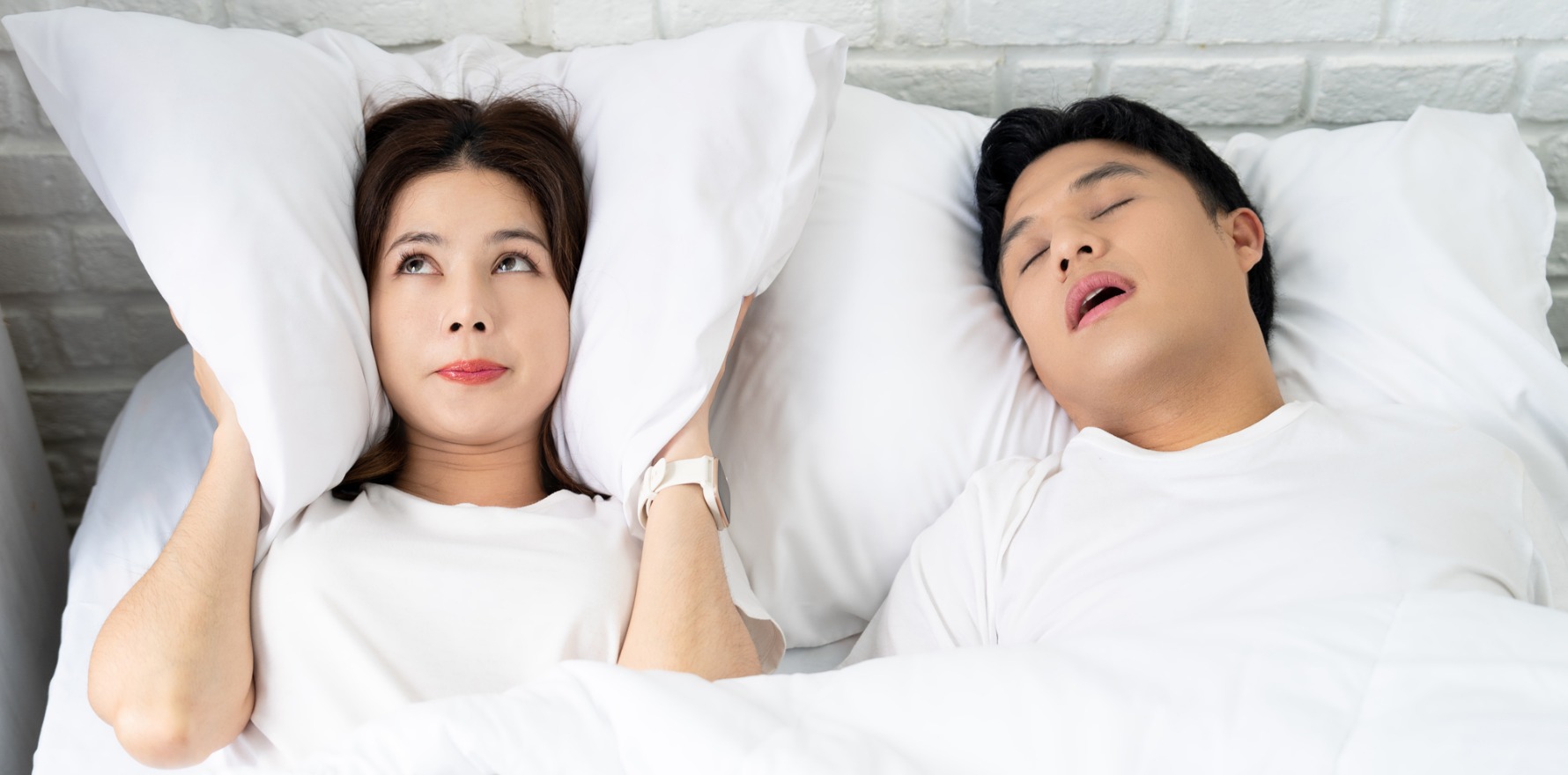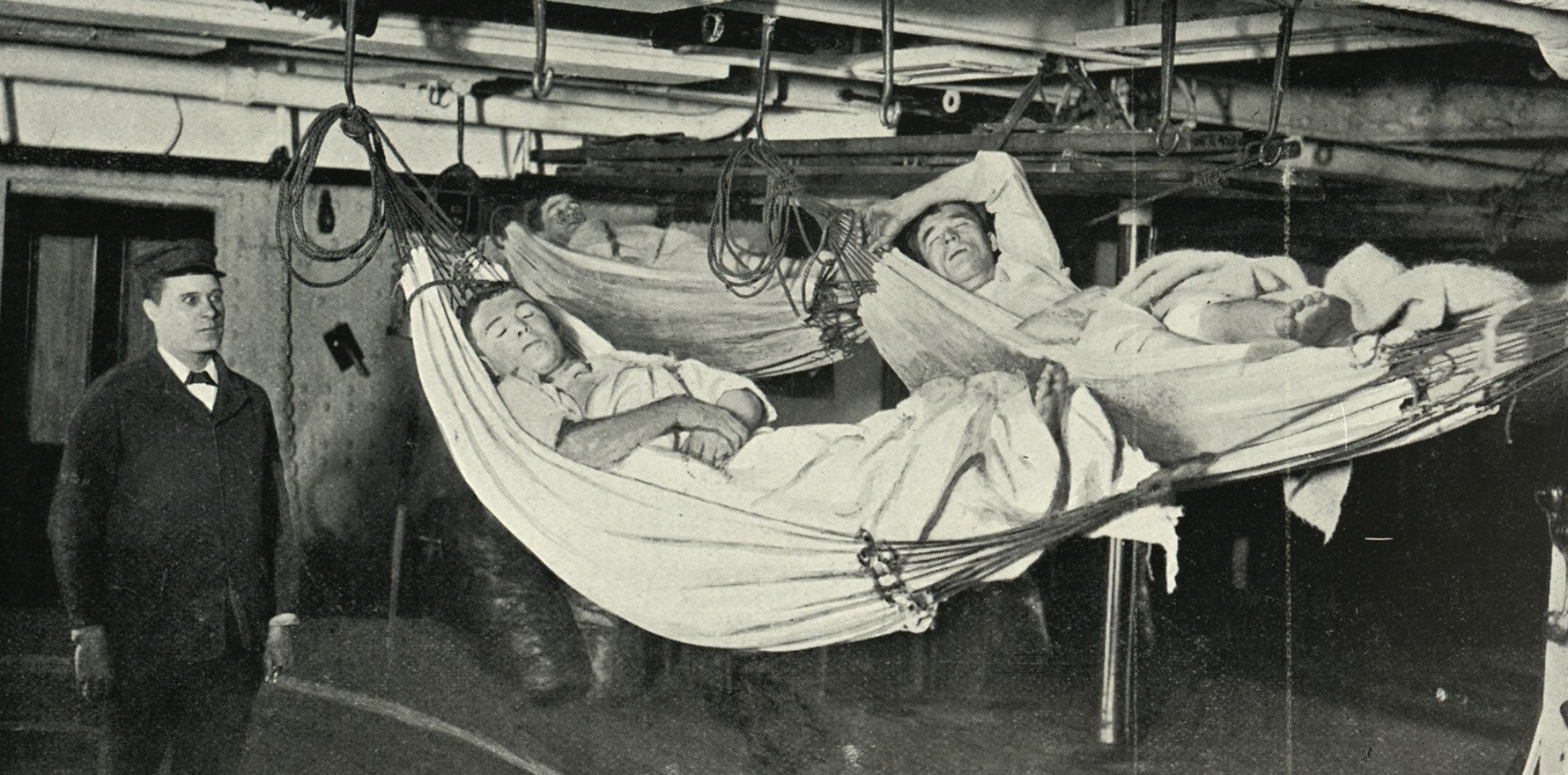New Australian-led research has found using a mandibular advancement device and supplemental oxygen had the greatest effect on reducing apnoeic episodes.
Targeting both anatomical and non-anatomical causes of OSA may be more effective than targeting either on its own.
First-line treatments for obstructive sleep apnoea, such as continuous positive airway pressure (CPAP) are not always tolerated by patients, and second-line therapies, including mandibular advancement devices (MAD), are not always effective.
There is a growing interest in exploring the use of combination therapies for OSA due to the need for alternative approaches. And while there is strong mechanistic reasoning for using MADs in combination therapy, there is a limited amount of data supporting this approach.
But new research from an Australian/American collaboration has put a combined approach of MAD and supplemental oxygen to the test, finding that the dual therapy is more effective at reducing apnoeic episodes in people with OSA than either treatment on its own.
“Our study illustrates the potential benefit of simultaneously targeting both upper airway and ventilatory control mechanisms ; an approach that may ultimately provide a tolerable and efficacious treatment option for patients otherwise intolerant of CPAP pending longer-term effectiveness trials,” lead author Associate Professor Brad Evans, Monash University, and senior author Associate Professor Scott Sands, Brigham and Women’s Hospital in the US, wrote in the European Respiratory Journal.
Forty-one individuals (27 males, median age 54 years, median BMI 33kg/m2) with OSA, defined as an apnoea-hypopnoea index (AHI) of more than 20 events per hour participated in the randomised crossover study. People currently receiving therapy for OSA were excluded from the trial, unless their treatment could be withheld for the duration of the study.
Four interventions were tested in each participant: supplemental oxygen administered via a nasal canula (4L/min), a MAD, a combination of supplemental oxygen and the MAD and normal room air (i.e., a sham; 4L/min). Polysomnography (including electroencephalography) was used on treatment nights to measure physiological responses during sleep, while participants also self-reported sleep quality using a 0-10 scale (where higher values represent a better quality of sleep).
“We did this because we know that OSA is due to a combination of anatomical and non-anatomical causes,” Professor Edwards told media.
“The MAD targets the anatomical cause while oxygen helps target a leading but underappreciated non-anatomical cause.”
The combination therapy led to the largest reduction in the change in AHI from baseline (-68%) and the greatest reduction in the number of events per hour (-33) compared to the sham intervention. Individual pairwise comparisons indicated that the combination treatment had larger effects compared to the MAD and oxygen alone. The MAD (-54%, -25 events/hour) and supplemental oxygen alone (-33%, -16 events/hour) also had positive effects on the AHI compared to sham.
In terms of secondary outcomes, all treatments led to a reduction in the arousal index (as based on alpha, beta and theta activity on the EEG) compared to sham – a 36% reduction from baseline for the combination therapy, a 29% reduction for the MAD and a 20% reduction for supplementary oxygen – but the combination therapy was only superior to oxygen alone, not the MAD alone.
Furthermore, only the combination therapy and MAD alone resulted in small improvements in self-reported sleep quality (a 1.0- and 0.7-point increase compared to the sham treatment).
“Mechanistically, the combination appeared to elicit its therapeutic effects through improvements in both collapsibility and loop gain; effects which were attributable to MAD and supplemental oxygen respectively,” the researchers wrote.
Related
“We emphasise that supplemental oxygen efficacy was observed in milder collapsibility, higher loop gain and greater muscle effectiveness, whereas MAD efficacy was observed in more severe collapsibility with lower loop gain and reduced muscle effectiveness. Thus, a combination therapy benefit was seen accompanying markedly divergent pathophysiological trait profiles.”
The researchers noted potential concerns about the long-term administration of oxygen therapy, such as a reduction in coronary blood flow, which should be considered in patients with both OSA and coronary heart disease.
“It also remains unclear whether combination MAD plus supplemental oxygen would be more tolerable long-term than CPAP, however these separate interventions typically have greater adherence than CPAP and improvements in self-reported sleep quality imply a strong potential for tolerability,” they wrote.
Professor Sands felt the new findings could have broader implications for the management of OSA.
“Now we need larger trials targeted to selected patients, but this is the first convincing evidence that going after multiple causes of OSA at the same time could have real benefits for patients, they said in a statement.
“If widely adopted, it could be a bit like people with high blood pressure taking 2-3 medications to control it, with each targeting different biological pathways.”





